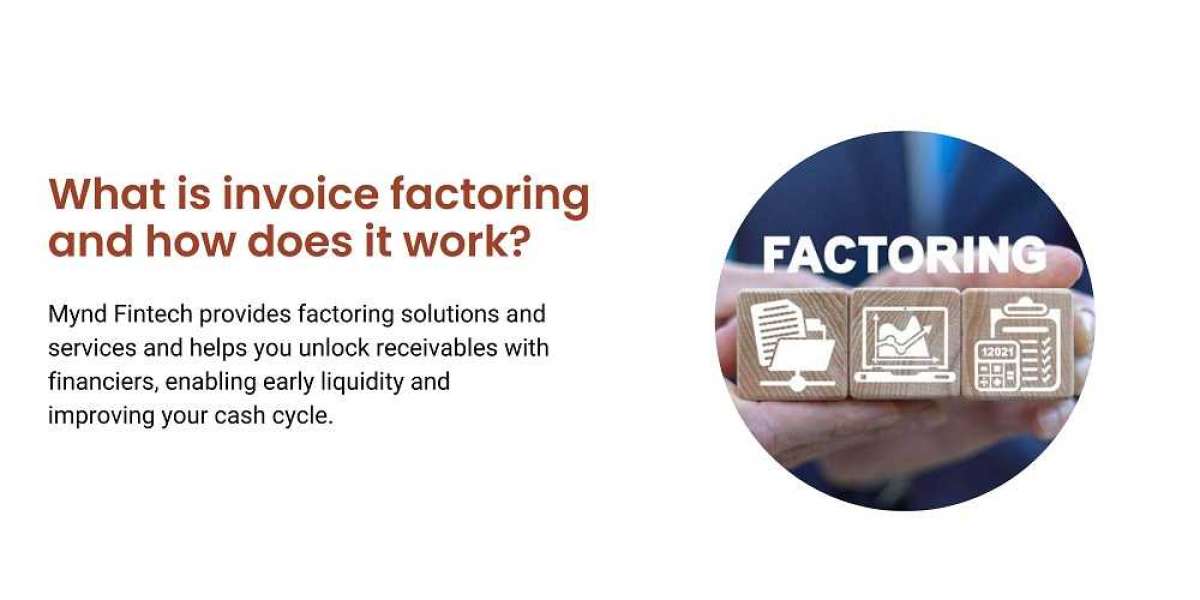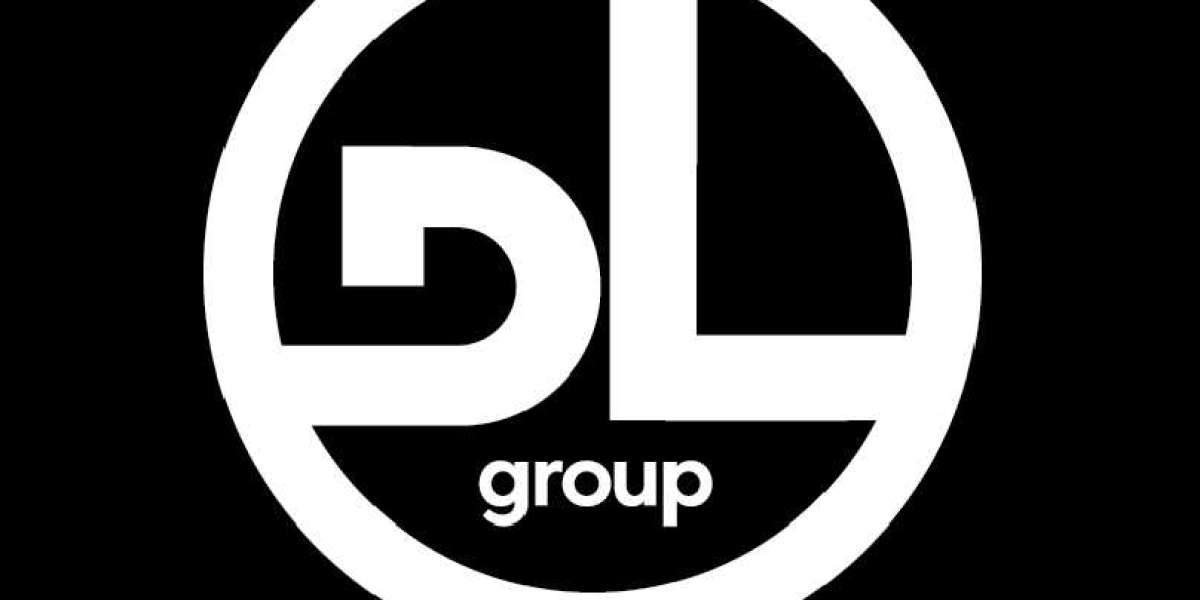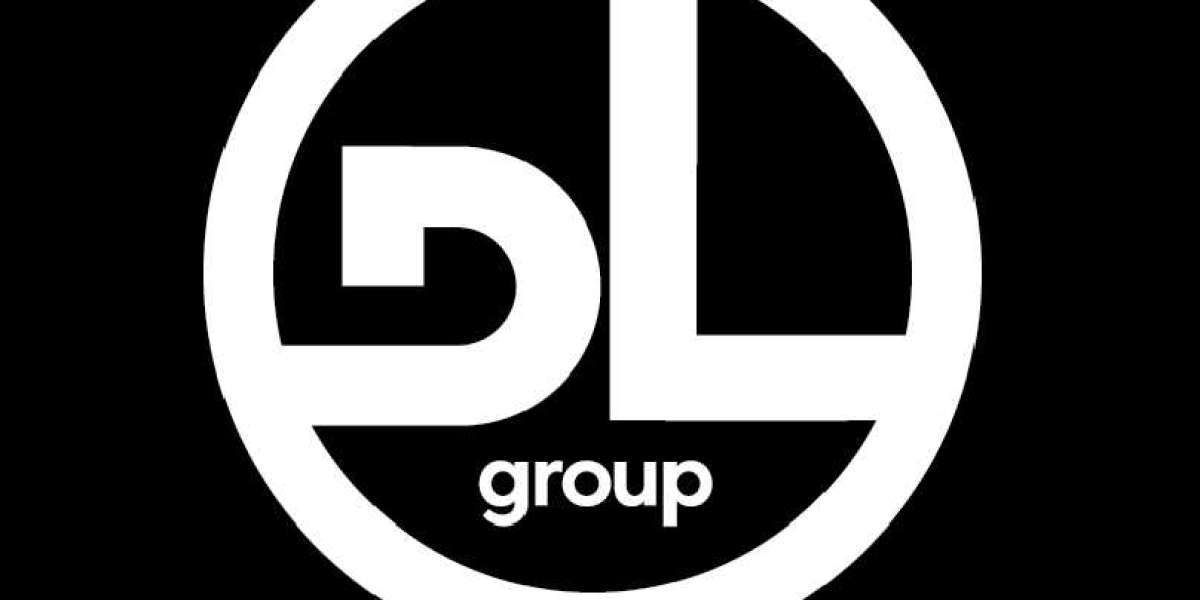Invoice factoring, also known as accounts receivable factoring or simply factoring, is a financial transaction where a business sells its accounts receivable (unpaid invoices) to a third-party financial company, known as a factor, at a discount. This provides the business with immediate cash flow, as it doesn't have to wait for its customers to pay the invoices. The factor, in turn, collects payment from the business's customers when the invoices are due.
Here's how invoice factoring typically works:
- Select a Factor: The business first chooses a reputable factoring company. Factors can be banks, specialized financial institutions, or online factoring companies.
- Agreement: The business and the factor enter into an agreement that outlines the terms and conditions of the factoring arrangement. This includes the discount rate (the fee the factor charges for its services), the advance rate (the percentage of the invoice amount the business will receive upfront), and other terms.
- Invoice Submission: The business provides the factor with a copy of the unpaid invoices it wants to factor. This can be done through an online portal, email, or other means.
- Verification: The factor typically checks the creditworthiness of the business's customers to assess the risk. This step helps determine the factor's willingness to purchase the invoices.
- Advance Payment: After verification, the factor advances a percentage (usually around 70-90%) of the invoice value to the business, providing much-needed cash flow. The specific percentage can vary based on the agreement between the business and the factor.
- Collection: The factor is responsible for collecting payment from the business's customers when the invoices are due. They handle the accounts receivable management and follow up with customers for payment.
- Rebate: Once the factor receives payment from the customers, they deduct their fee (the discount rate) and any other charges, then remit the remaining amount to the business. This is known as the "rebate."
- Repeat Process: The business can continue to factor new invoices as needed. Factoring can be an ongoing arrangement, and businesses can factor invoices regularly to maintain consistent cash flow.
Invoice factoring is beneficial for businesses that may face cash flow problems due to slow-paying customers or have difficulty accessing traditional financing. It provides them with immediate funds to cover operating expenses, invest in growth, or manage unexpected financial challenges. However, the cost of factoring, in the form of discount fees, is higher than traditional loans or lines of credit, making it essential for businesses to carefully assess whether the benefits outweigh the expenses.
Source:- https://myndfin.com/factoring/








